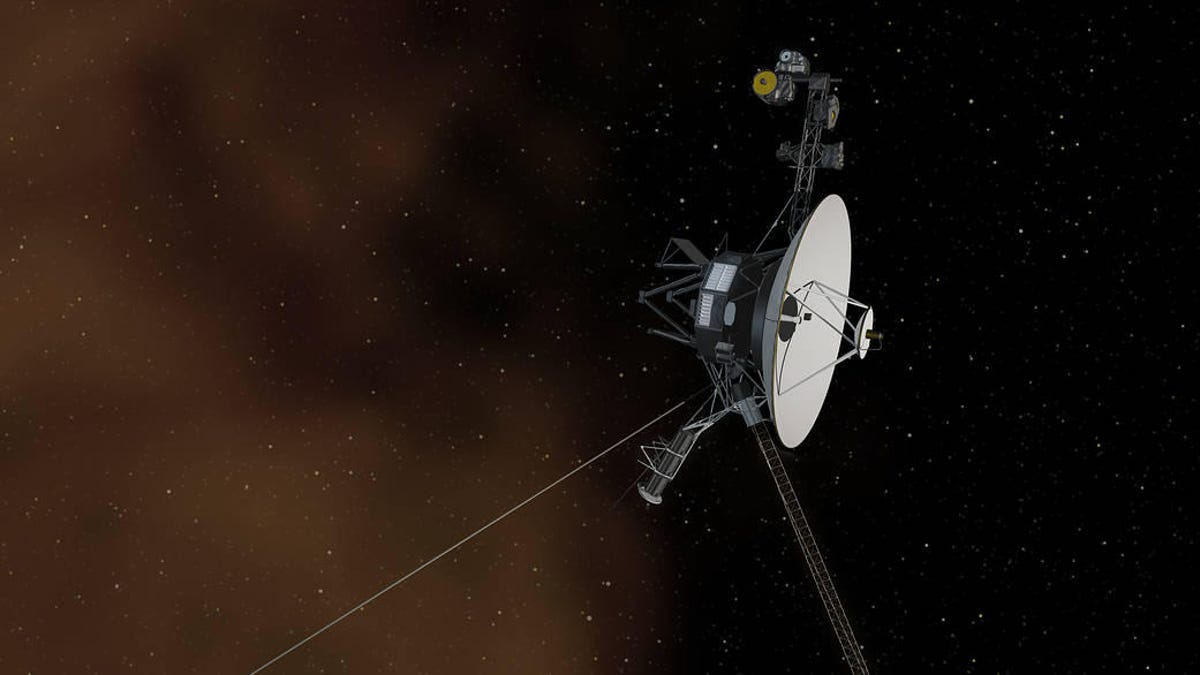NASA fires Voyager 1 thrusters after decades-long sleep
Voyager 1's adventures in interstellar space continue and NASA just figured out how to keep orienting the intrepid spacecraft in the right direction.
Way out in interstellar space, humanity's most distant messenger wanders through the universe. NASA's Voyager 1 launched way back in 1977, but it's still in touch with Earth. To help keep it in contact, NASA scientists just fired up a set of thrusters that have been dormant for 37 long years.
Voyager 1 had been using a set of "attitude control thrusters" to point the spacecraft's antenna at Earth in order to send back data. Those thrusters aren't functioning well anymore, so NASA engineers figured out how to revive a different set of thrusters called "trajectory correction maneuver" (TCM) thrusters. NASA last called on those thrusters in late 1980.
On Tuesday, NASA sent the command to fire the TCM thrusters in 10-millisecond pulses as a test to see if they could reorient the spacecraft. It took nearly 20 hours before Voyager's signal reached back to Earth, but it was successful.
"The mood was one of relief, joy and incredulity after witnessing these well-rested thrusters pick up the baton as if no time had passed at all," says NASA propulsion engineer Todd Barber.
Voyager 1 reached interstellar space, which NASA describes as "the environment between the stars," in 2012, making it the first human-made object to leave our solar system.
NASA will switch over to using the backup TCM thrusters in January and hopes they'll help extend the functional life of the spacecraft by two or three years.
The space agency is planning to do a similar thruster test with the twin Voyager 2 spacecraft, which is on track to enter interstellar space within a few years.
Crowd Control: A crowdsourced science fiction novel written by CNET readers.
Star Wars at 40: Join us in celebrating the many ways the Force-filled sci-fi saga has impacted our lives.


